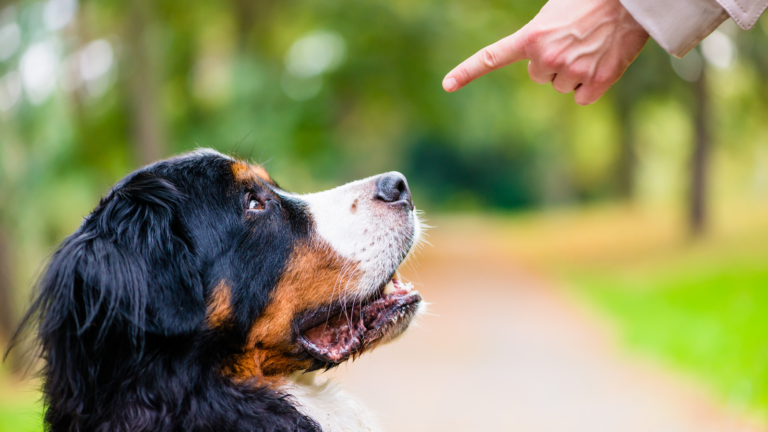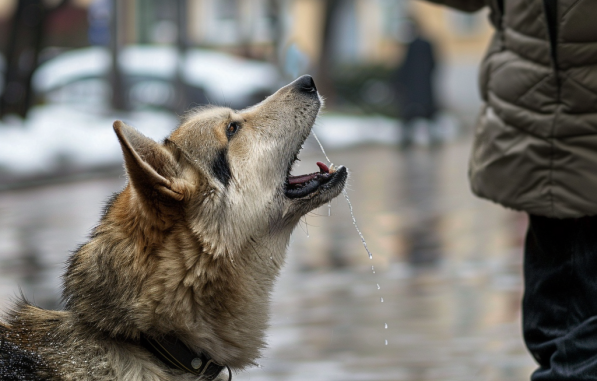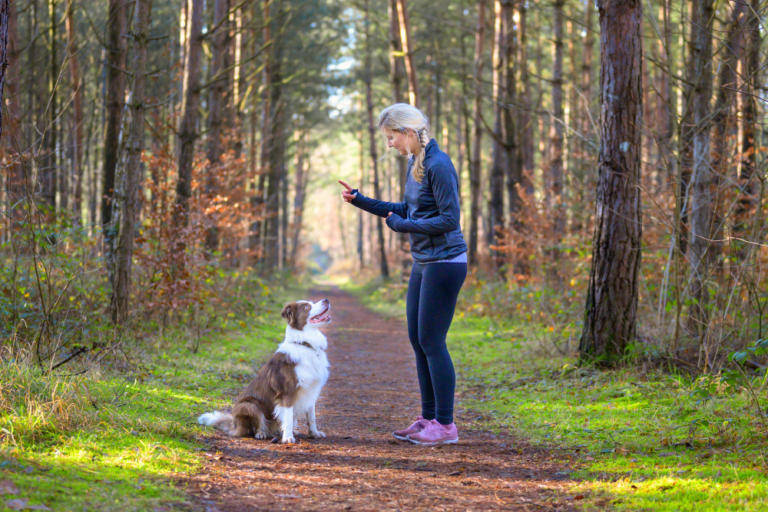Emergency Recall Dog Training for Safety: Teaching Your Pup to Come Back When It Matters Most

Teaching Your Dog to Dash Back on Command
Imagine this: If for instance you are at the park, your dog is happily running around without a leash and as much as they see a squirrel they run towards a dangerous road. This is an exciting moment, still, imagine that your dog immediately comes back and returns to you safely?
That is the effectiveness of emergency recall training – a mandatory skill that every owner should train their dog to prevent dangerous situations for the pet.
So, in this article, you are going to learn the concept behind the emergency recall training, why this is one of the best things you could teach your dog, (yes, you heard it right; a lifesaver), and how you can follow through and make it work perfectly for your pooch.
What’s Emergency Recall, and Why It’s Your Dog’s Superpower
The procedure of making your dog to be in a position to obey your command and come to you even if there is a lot of distraction or anything that is happening within the surrounding environment is known as emergency recall training. This isn’t just the run-for-life-come-here kind of thing where you say “come” – but rarely – it is reserved for situations of life or death, or literally life threatening scenarios.
Why Emergency Recall is the Ultimate Lifesaver for Your Pup
For any reason your dog is running off the leash, playing outside the house, or simply being too cute for their quite large heads, they are moments when your dog has to come back to you at once. Possessing a good recall during emergencies might save situations whereby the dog would end up running into traffic or chase wildlife or near hazards. It is a skill that could one day help save your dog’s live and ease your mind in unknown situations.
Pick a Word That Makes Your Dog Say “Whoa, What’s That?!”

Choosing the right word for your emergency recall is important. You want a word that stands out and isn’t used in everyday commands. It should grab your dog’s attention and make them stop in their tracks. Some good examples are:
- “Here!”
- “Now!”
- “To Me!” The key is to pick something clear, sharp, and easy to remember. You’ll want your dog to instantly associate this word with something exciting and positive.
5 Easy Steps to Make Your Dog Come Running Like a Pro
- Start in a Low-Distraction Environment: In order to begin with the process of training, you should start with practicing in a quiet environment with little to no distractions around. Give the emergency recall word, then when Floppy comes running to you, give him his favorite high-energy food such as chicken or cheese. Enjoy it and make it interesting!
- Make It Special: Limit the use of your emergency recall word during training only, or to a situation where there really is an emergency. So, what the thought process behind this is that when your dog hears this particular word, he expects something great is in store for him.
- Add Distractions Gradually: If your dog is constantly coming to you in an area where there are no distractions, the next step is to introduce distractions to the dog such as toys, other people or even gentle breeze. Settle for the above recall process and continue on reinforcing with high-value rewards.
- Practice with Longer Distances: Gradually, you should extend the distance between you and your dog as your dog learns and follows the command once you’ve said the word. Take your dog for a walk and go to a larger area, such as a park and where your dog gets to roam around but within a limited area.
- Stay Consistent and Positive: Support the training continuously yet do this always in a positive manner. It is very important that no one, not even your own kin, use the emergency recall word in a negative tone, especially an angry one. You don’t want your dog to link it to something bad, even in a stressful circumstance or situation.
Tip: Keep recall sessions short and fun! Your dog will learn faster if they associate recall with excitement and rewards.
Don’t Do These: Avoid Common Recall Fumbles
- Using the Emergency Word Too Often: Don’t use the word when conducting normal or casual training or any regular training where one wants to be reminded of something. One should leave it for the specific and emergent use only to maintain its import value intact.
- Not Rewarding Enough: At all times ensure that it is worthwhile for your dog to return to you. Positive reinforcement is key in training and they should use the favorite treat or toy for the dog and praise should also be given. A properly developed reward system assists in consolidating their response.
- Punishing When They Don’t Respond: It is equally important not to punish your dog if it fails to come back after the call. This can make them develop confusion in their mind and hence less likely to respond to the message in future. Keep it positive!
Tip: Avoid using your emergency recall word for everyday things like coming inside—it should stay reserved for special situations!
How Often Should You Call Your Dog for an Emergency? (Hint: Not Every Day)
However, one has to ensure that he or she practices them regularly to ensure the pet dog responds well. It is thus recommended to undertake this in shorter sessions but with an aim of doing this 2-3 times a week albeit in different settings. In this way after your dog has had some improvement, it is possible to space the training sessions while at the same time repeating the training.
Real-Life Recall Moments: When to Use Your Super-Word
Emergency recall is best employed when your dog is running towards a dangerous area, or when he has gone too far away from you. Depending on how you train the dog, its response in such moments becomes more and more predictable with constant use.
Trust and Treats: The Bond You Build with Emergency Recall
So, not only is teaching emergency recall about preventing the chances of getting lost, it is also about fostering the trust of a parent. Thus, when your dog relates being close to you as a positive experience you will find that they are more comfortable within their environment. However, it improves your relationship making the bond between you and the pup to be even closer.
Wrapping It Up: Saving the Day, One Recall at a Time
Emergency recall training is a really effective method which may help to save your dog’s life in critical situations. Thus, by engaging in this training and performing the exercise frequently, you’ll have the assurance of your dog returning to you when it is needful.
It is important to make the experience pleasant, use your selected word in moderation and lastly, always reinforce your dog when he does a good job.
It only takes time, commitment, and of course a lot of food rewards to achieve the perfect recall response. Carry on—this way your dog remains safe and you’re teaching him new tricks in each lesson, especially regarding commands.
It’s time to get out there and actually apply this skill which may save your’s and your dog’s life one day.
Ready to unlock your pup’s full potential? Check out our top online dog training courses designed to help your dog thrive. Get started today and see the difference expert training makes!






